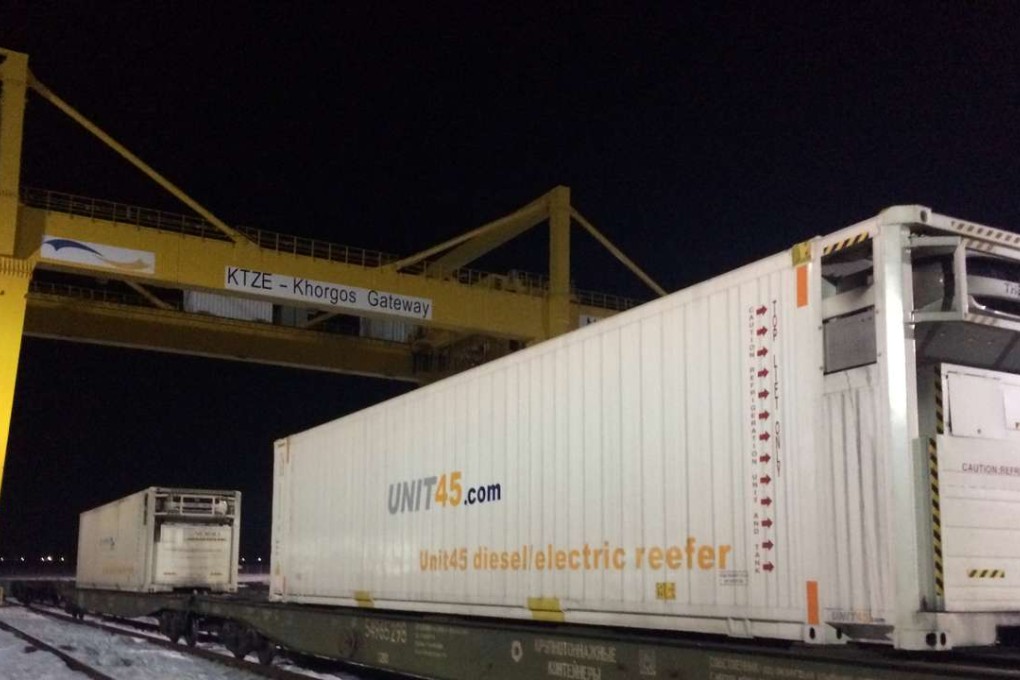Belt and road’s new ports stimulate the development of innovative transport technologies and faster logistics
Initiative’s new ports, faster trains and smart containers redefine intercontinental logistics

The One Belt, One Road initiative was inspired by the ancient Silk Road, but it is also futuristic. Its rail lines are among the most advanced in the world, and its land and seaports are some of the most sophisticated.
The belt and road is also stimulating the development and testing of innovative transport technologies that may set new logistical standards.
“Asia is becoming a laboratory of sorts for transportation ideas,” says Jonathan Hillman of the Center for Strategic International Studies in Washington DC. “Just as the compass and the domesticated camel facilitated greater mobility in ancient times, all these innovations have the potential to reshape today’s economic landscape.”
The Khorgos Gateway dry port is far off on Kazakhstan’s border with China, a tick from the farthest point on the planet from the sea – but it is among the most technologically advanced in the world.
Part of a special economic zone that is modelled on the Jebel Ali Free Zone in Dubai, the port transships trains between China and Europe. It is also equipped with the industry leading Navis N4 terminal operating system and a state-of-the-art RFID system that streamlines the exchange of containers between trains and trucks. Khorgos Gateway can process an entire train in 47 minutes, which is faster than more established dry ports in Europe.
“If you come to a place where no practice existed before, you try to outperform all practices,” says Karl Gheysen, the dry port’s first CEO. “That’s what we did.”